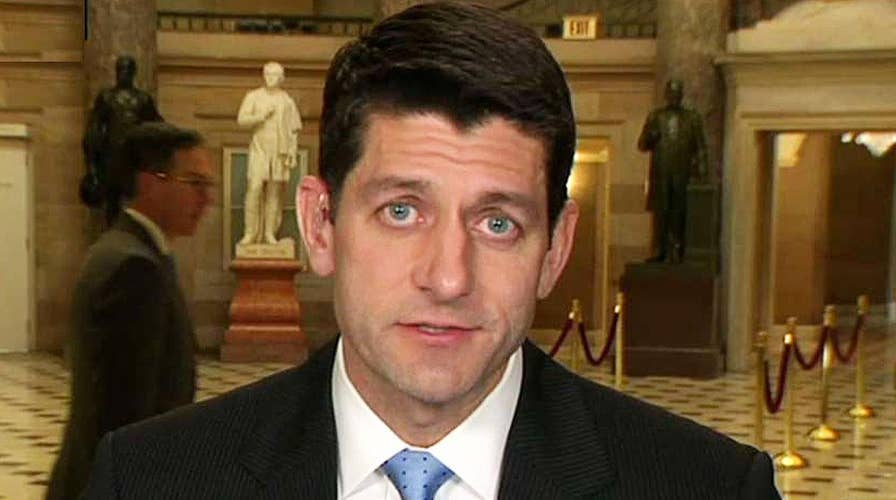Speaker Paul Ryan: There isn't chaos in GOP-led Congress
Part 1: House Speaker Paul Ryan tries to counter perception that chaos has surrounded the GOP plan to replace ObamaCare, tells Tucker Republicans are going through 'typical growing pains' of being the governing party and more #Tucker
It is challenging for important Republicans on Capitol Hill now. They are leading their party at a time when it is changing and the country has changed. There are fissures in terms of what they believe and what they want. There is no shared, overarching sense of the meaning and purpose of the Republican Party, no agreed-upon blueprint from which to operate.
Most of them know that something substantial happened in 2016, when half, and then considerably more than half, of the Republican base followed Donald Trump, along with a great many Democrats. But they are still uncertain of the meaning of the event. I suggested to a Capitol Hill figure last week that it was a populist wave and the future of the Republican Party is moderate populism. He answered that in fact the president, in his famous rallies, was often simply road-testing ideas and applause lines, adopting what got cheers and dropping what didn’t. He’d personally seen this. I thought: I’m sure you saw what you saw, but what you are noting is Mr. Trump’s cynicism when what matters is what the crowds agreed with—what they applauded. When he would say, seemingly in passing, that he won’t touch Medicare or Social Security, people are in enough trouble and a deal’s a deal, everyone—Republicans, Democrats—cheered. Because they are in financial trouble. And because they don’t trust Washington to be fair or wise in cutting or rejiggering essential programs.
But the Hill figure did not believe that 2016 marked a change in political direction, and I suppose that’s lucky for him, because if he followed the prompting of a Trumpian base, his donors would not like it.
Surely it is reasonable to conclude a big, burgeoning hunk of voters came forward in 2016 with a new definition of what popular, centrist GOP policies would look like—more economically nationalist and more socially and economically populist.
To continue reading Peggy Noonan’s column in the Wall Street Journal, click here.

